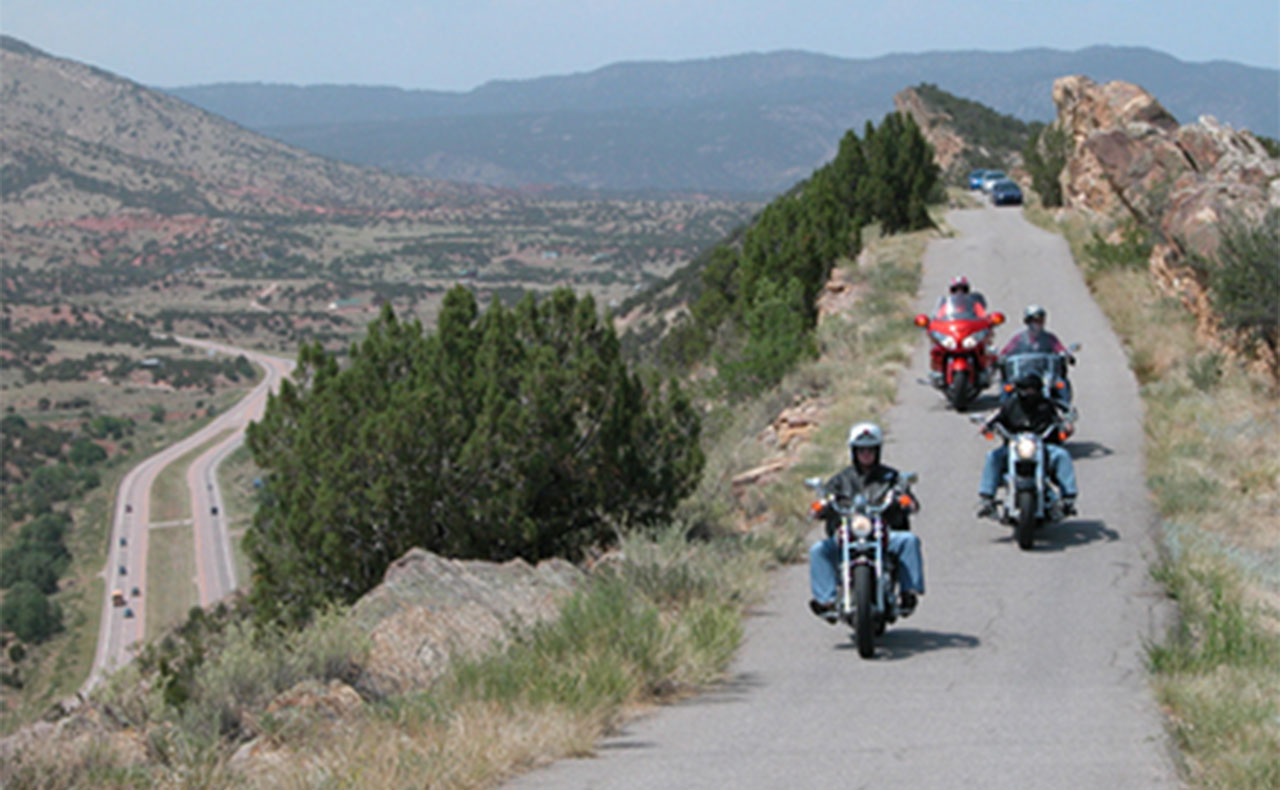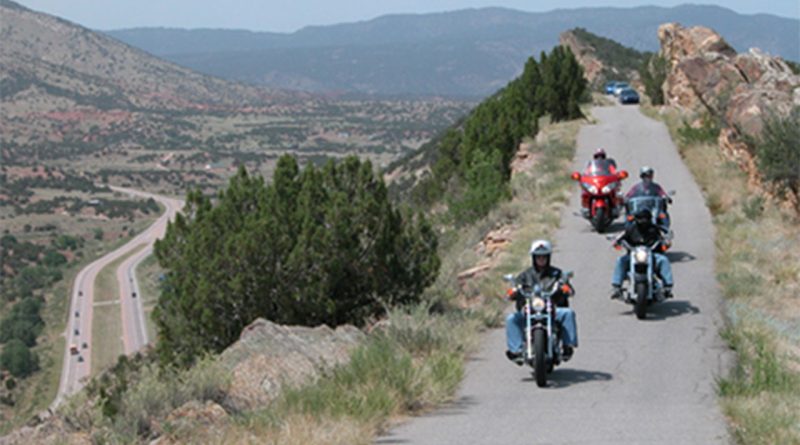Motorcycle Riding Rules and Laws in California, US

If you want to ride safely and without getting into any legal trouble in California, it is necessary to follow the motorcycle rules and laws set by the government.
Motorcyclists in California are essentially required to follow the laws that apply to standard passenger vehicles. However, certain laws and regulations are only applicable to motorcyclists.
Governments always impose laws and regulations to protect people, and these laws are beneficial for motorcycle riders to stay safe and keep other people safe too. Knowing the motorcycle riding rules and laws in California can help you minimize the chances of getting injured. Or causing harm to others who share the road with you.
Motorcycle Registration & Liability Insurance Laws
According to the set regulations by the California state, when you purchase a bike, it is essential to get it registered with the California Department of Motor Vehicles (DMV). You will need to document several things to register your motorcycle, including
- Your California Certificate of Title or if you have a loan, you can also provide the name and address of the lienholder.
- Proof of motorcycle liability insurance policy, a DMV self-insurance certificate, or a $35,000.00 surety bond issued by a California-licensed company.
- A valid California motorcycle license.
Because California is a tort liability state for motor vehicle accidents, if you are the at-fault driver, you will be held liable for the damages incurred as a result of the accident. In this respect, to ensure the rider and other people’s safety, the government of California has made it essential to carry minimum amounts of liability insurance:
- $5,000 for property damage.
- $15,000 for bodily injury to a single person.
- $30,000 for bodily injuries to various victims.
According to California’s motorcycle riding laws, if you are involved in an accident but are not carrying the required amounts of insurance coverage, you could face a one-year suspension of your driving license.
Driving License Regulations
If you are in California, before going out for a motorcycle ride, make sure you have a valid driving license to avoid any kind of penalties. If you do not have it already, you should get it as soon as possible.
Initially, you will get a learner’s permit, for which you should be over the age of 16 years. The learner’s permit will be valid for one year, but there are certain limitations on it. You cannot, for example, transport another passenger, drive on freeways, or travel at night. Also, remember that if you are under 21, you essentially have to have the learner’s permit for at least 6 months before applying for the official license.
To get your motorcycle license, you will need to:
- Pass the California Motorcyclist Safety Program or a motorcycle driving test at a local DMV office.
- Present your California driver’s license or I.D. if you are 21 years old or older.
- Fill out a DL 44 form.
- Pay the application fee of $33.
- Pass the written examination.
- Pass the vision exam
- Provide a photo and thumbprint.
If you are under 21, you must be over 16, complete a CMSP training course, and hold a motorcycle learner’s permit for at least 6 months.
Lane Sharing and Lane Splitting Laws
California doesn’t have any particular rules or restrictions against lane sharing. Lane sharing takes place when two motorcycle riders ride side by side in a single traffic lane.
However, California legalized the practice of lane splitting in 2016 on its state roads, which takes place when a motorcyclist maneuvers between two traffic lanes to get around vehicles. This state also has certain laws that help in protecting riders while lane splitting.
Article CVC 22400 restricts riders from driving at a low speed that may cause disturbance in the normal movement of traffic unless it is essential for safety. Another article, CVC 22517, prohibits motorcyclists from opening or leaving the door open unless there is a strong reason to do so and it does not have any impact on the traffic flow.
Rules for Carrying Passengers
As per California’s motorcycle riding laws, there is no age restriction for passengers on motorcycles, which means people of all ages can have a ride on a motorcycle as passengers. However, there are certain standards to meet, such as passenger seats should be fastened to the motorcycle. Passengers should also have footrests in place to use while the motorcycle is in motion.
Wearing a Helmet is Essential
California’s helmet laws are quite strict as you cannot even adjust it while riding if you are feeling discomfort, and also in case you are stuck in traffic. Riders are required to wear their helmets all the time they are on their motorcycles.
Your helmet must be able to be fastened securely, so it should not be sliding or moving around your head.
If you are caught not wearing your helmet while riding, you could be fined up to $250, which can be even higher if you were breaking another traffic law too.
Safety Equipment Requirements
The state of California has several laws and regulations regarding the equipment that riders must wear or carry in their motorcycle luggage, such as:
- As per California Vehicle Code 2780, your motorcycle must be equipped with right and left mirrors.
- According to CVC 27801, the handlebars on your motorcycle should not be installed in a position above the rider’s shoulder more than 6 inches while sitting on the seat.
- Your motorcycle’s exhaust system should be compliant with the Motorcycle Anti-Tampering Act.
- Both front and rear turn signals should be in working condition.
Conclusion
Governments always establish laws to ensure the protection of their people, and the same is the purpose of motorcycle riding rules and laws in California, US. Following the stated laws and regulations will keep you compliant as well as protect you from any accidents and life-long injuries.
While riding in California, follow the stated laws and regulations strictly to avoid getting heavily penalized for violating them.
by Kenvin Martez




